Date: September 30, 2022 By: Emily Makowski
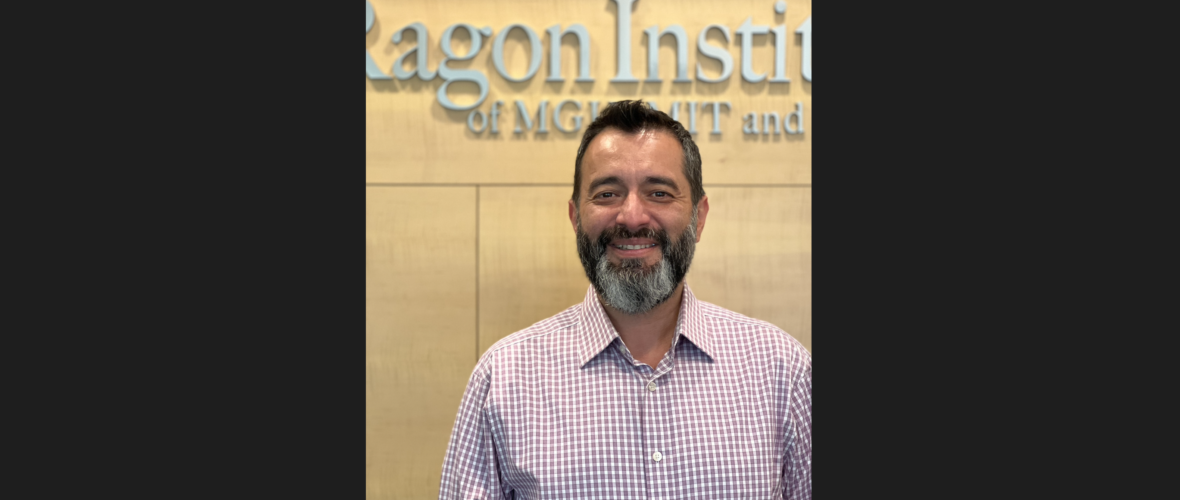
National Hispanic Heritage Month is September 15–October 15. This month commemorates the history, achievements, and contributions of Hispanic people from or connected with Spanish-speaking regions, including those whose ancestors came from Spain, Mexico, and much of the Caribbean and Central and South America.
For our Q&A interview series, we spoke with Thor Sandstad, Senior Facilities and Operations Manager at the Ragon Institute.
Where are you and your family from?
I was born in Guatemala. My dad was Norwegian and my mom is Guatemalan, from a town called Cuilco. Her mom is from Guatemala and her dad was Spanish. On the Guatemalan side, we are Maya.
A couple months after I was born, we moved to Colombia because of my dad’s work. He was a civil engineer working on the Pan-American Highway at the time. My dad worked for an American company that was doing business in Guatemala, and so during the Guatemalan Civil War, which lasted more than 30 years, he was able to transfer back to the US and take us out of there. It was a time of a lot of turmoil. The first time I came to the U.S., I was about four years old. We went to Miami and Puerto Rico, and then after a year, we moved back to Guatemala. When I was seven years old, we moved back to the US, to Pasadena, CA.
What was your career path to the Ragon like?
I moved up to New Hampshire to go to a Catholic boarding school, and immediately after high school I joined a Catholic seminary in Connecticut. There I completed an undergraduate degree in the humanities. I became an assistant recruiter and traveled throughout North America for about two years. After that, I continued my studies to become a priest in Rome for four years. I studied philosophy and did an internship at the Vatican Museum giving art tours. In Rome, I also became a cook in the seminary for VIPs – I cooked for Pope John Paul II! After my four years, I went to Mexico where I spent other two years doing what is called apostolic work, similar to what I had done in the US, helping to recruit young men who were interested in the priesthood.
Eventually I realized that the priesthood wasn’t my calling. I left the seminary and came to Boston, where my brother was at the time. I visited him and decided to stay. I first worked a retail job at the Prudential Center, then at Arthur D Little, the oldest management consulting firm. After the company changed management, I went to work at the Boston Architectural College. I was there for 13 years and went from administrative assistant to Manager of the Thesis Department; I also helped recruit faculty and advisors for the program.
I started at the Ragon in 2017. At that time, my job was for special initiatives and to help manage the staff in the executive suite. We started planning formally for the move into our new building [expected in early 2024], so we formalized Facilities Director and Facilities Manager positions, and I stepped into the Facilities Manager role.
What does being Hispanic/Latino mean to you personally and how has it shaped your life? One thing I’m thinking about is how a lot of places in Central and South America are so heavily Catholic.
That definitely influenced my choices in life; I was studying to become a priest for so long – for 12 years. I really thought it was my calling for very long period of time. My mom, coming up Mayan but at the same time having a Catholic Spanish influence in her family, was actually always very grateful for all the missionaries that had come to her region. They brought their culture, education and technology. She was there when the first car drove into the town and the first television set was brought into the town.
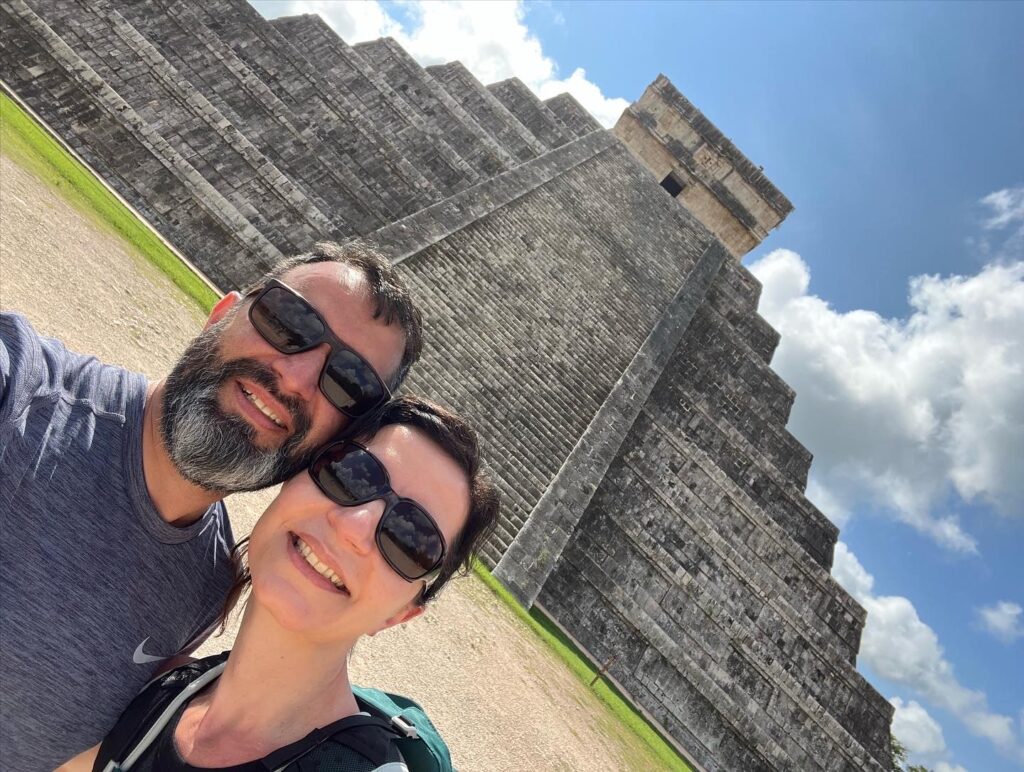
The missionaries there in that town were the first medical doctors and the first dentist. So she was always very grateful to them, and in that sense she instilled in me, my brother and my sister a lot of faith, because that’s how she had grown up. My dad was from Norway and was Lutheran – my parents had to get a dispensation and get permission from the church in Guatemala to marry. I was 6 years old when they married, after they had received the dispensation. You couldn’t intermarry from different religions without that.
I think Latinos in general are very proud of their heritage, and we’re also very nationalistic, or rather, very proud of being Guatemalan, Salvadoran, Argentinian, Chilean, etc. Coming to Southern California was a tough at first because I had to learn English immediately and try to assimilate. LA was a little rough back in the ’80s. There were a lot of gangs but my parents did their best to keep us on the straight path.
Hispanic heritage has always been a part of our lives – whether it’s the food you’ll never forget, the food that you grew up with, the culture, I think that always stays with you. I always think that I’m very shy, and people around me say the opposite. I think that’s probably just part of this Hispanic heritage that I grew up with, where there’s a lot of celebration and you are used to meeting people constantly and never being really completely alone.
What were some of your favorite traditions growing up?
At around Christmas time in Guatemala and other parts of Latin America, you have Las Posadas – it’s the tradition of Mary and Joseph looking for an inn to give birth to the baby Jesus. It starts with a group that walks around with candles, singing a song asking for posada, basically a room to be allowed in. They knock on a door, sing this song and then the person inside will sing back a reply as well. The door either opens or doesn’t open – it’s being acted out. At every house, whoever opens the door offers atole, a corn drink from Central America, and tamales and other foods to everyone who’s participating. And then they go to the next house, and the next, and the next. It’s a whole celebration for nine days during Advent, prior to Christmas. Even though we don’t celebrate it formally here, it’s something that really stayed with us. On weekends during Advent we still get together and make tamales, and that’s always a lot of fun.
I also miss Easter in Guatemala. Guatemala is called the Land of the Eternal Spring, and there are a lot of flowers everywhere. For Easter they make a lot of carpets with flower petals on the streets, and they have all these processions on top of these flower carpets, which is a direct influence from the Spanish missionaries. I remember it was just beautiful.
How’s the preparation going for the construction of the new building?
I think it’s going great! It’s been amazing to see the building going up little by little but at the same time so quickly. I have a chance to watch the live video and photographs every Monday. What’s been really cool has been working with every principal investigator to make sure their space needs are met for the new building. The architects and space planners ask questions about the labs, what they do, what kind of science they work on, the number of people, etc. It’s been enriching to get to know the labs personally, and to learn what research they’re doing and how my job here has a direct connection to it.
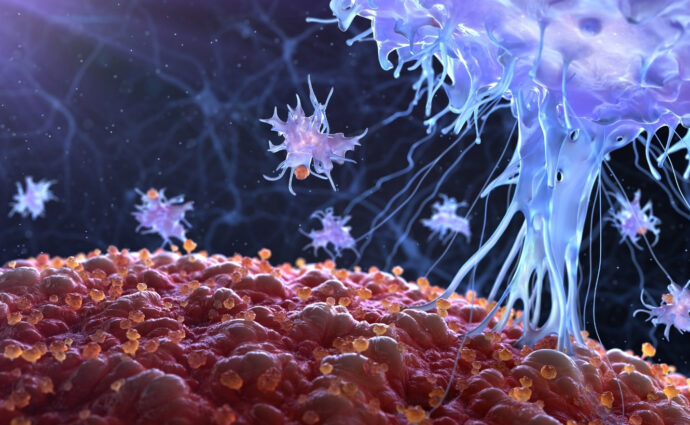
Their findings, to be published in Cell next month, reveal how the virus manipulates immune system processes to avoid destruction by natural killer (NK) cells, a type of white blood cell that is crucial for fighting viral infections.
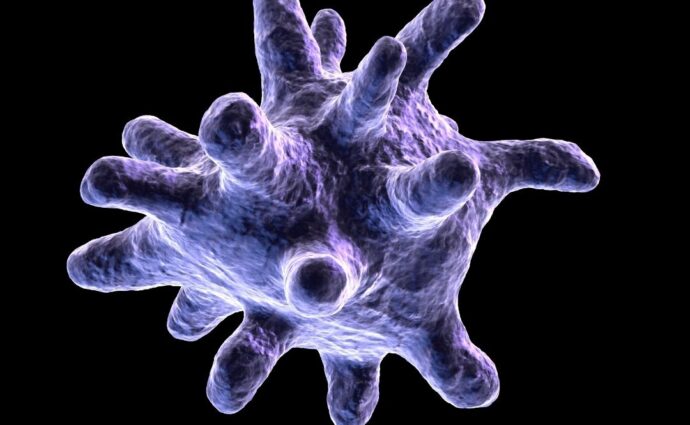
The lab of the Ragon Institute faculty member Hernandez Moura Silva, PhD, recently published a review in Science Immunology regarding resident tissue macrophages (RTMs), shedding light on their multifaceted roles in organ health.
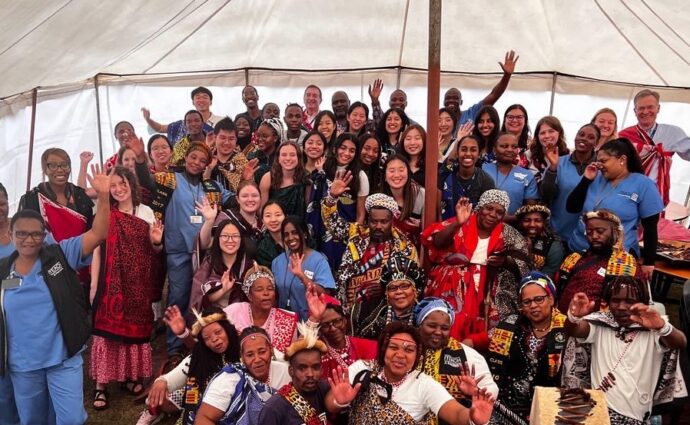
After three years off due to the COVID-19 pandemic, the Ragon-MIT course HST.434 returned this January to provide 24 students a once in a lifetime learning experience